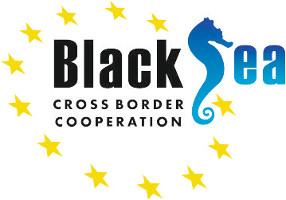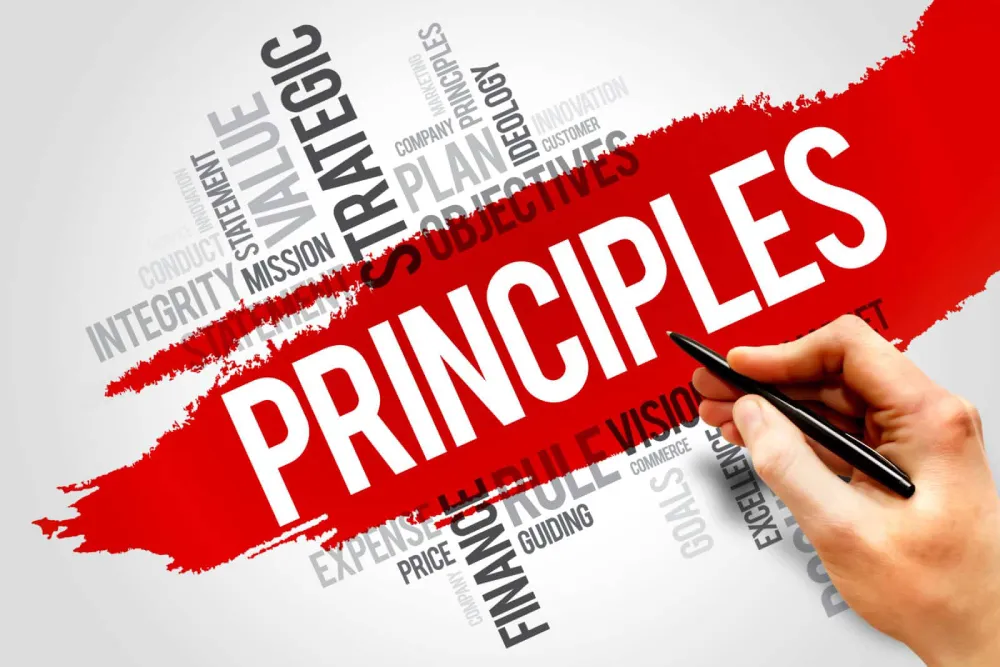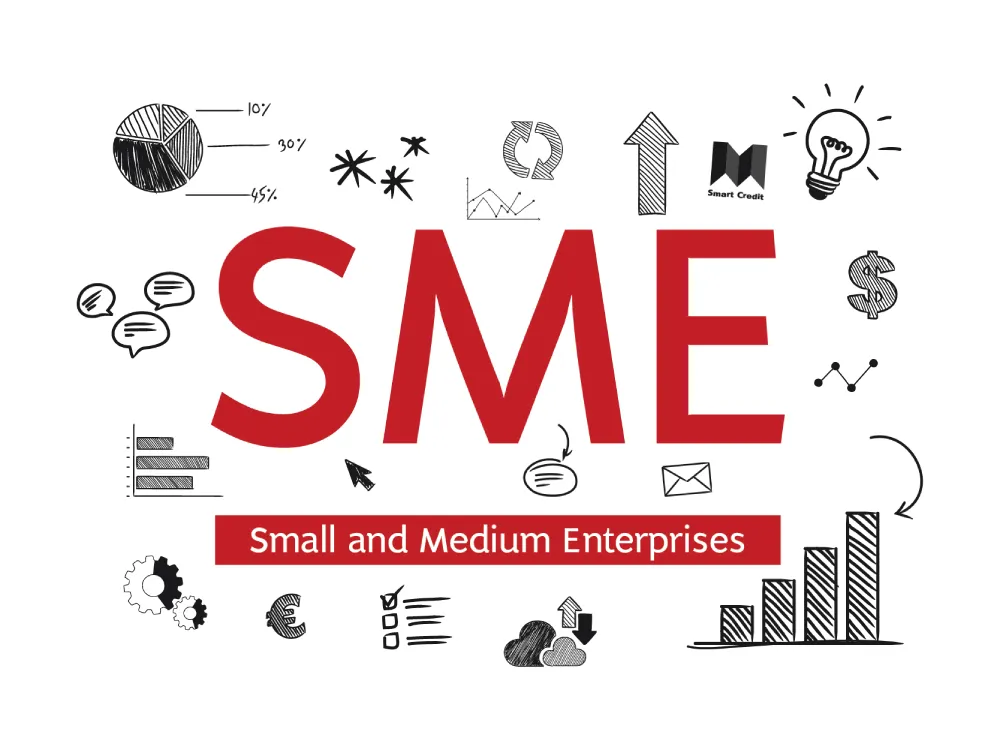Excellence is about doing our best
Every day we are reminded of how important it is to strive for excellence, be it in life or at work. By nurturing a culture of excellence within our organizations, we open the path to success.
During the last several years, we have faced challenges such as the pandemics or economic crisis. Making ends meet or being satisfied by reaching basic expectations isn’t enough anymore. Only organizations striving for excellence can find solutions to exceed normal performances and achieve outstanding results they can sustain. They are the ones we call role model organizations; these organizations are always looking for opportunities to improve and be innovative because they know the world never stands still.
In order to be excellent, organizations can’t focus their efforts in just one area. They have to optimize the use and effectiveness of all of their resources. Every day new opportunities, new processes or new tools & techniques appear, supporting the organization’s development.
How do they know if their approaches are effective?
Wouldn’t it be great to have one tool to help ensure the components of the organization’s Management System are working together to optimize performance?
After many years of working with organizations of different sizes, sectors or maturity, and using various approaches to improve their performance, EFQM has identified the key elements that help organizations excel. These elements are called “The Fundamental Concepts of Excellence”.
- Used as a strategic evaluation tool, the EFQM Excellence Model offers a holistic view of the organization, highlighting its strengths and opportunities to improve.
- Used as a benchmarking tool, the Model will show how an organization compares to its competitors and other leading organizations.
- Used as a management tool, it will help set the performance and competency objectives of the organization.
Thus, the EFQM Excellence Model of the European Foundation for Quality Management (EFQM) was created to help organizations – regardless of size or sector – to develop and implement their strategies for increasing their competitiveness.
The 2020 EFQM Excellence Model
The model was first created 25 years ago. Over time, it has adapted and evolved to reflect changes in the global market place. The 2020 model is the latest EFQM Excellence Model and it has changed fundamentally since its previous revision.
The latest model has shifted from being a simple assessment tool to one that offers a framework and methodology to help with the changes, transformation, and disruption that individuals and organizations face every day.
The 2020 EFQM Model is based on three questions: Why? How? and What?
- Why does this organization exist? What Purpose does it fulfil? Why this particular Strategy? (Direction)
- How does it intend to deliver on its Purpose and its Strategy? (Execution)
- What has it actually achieved to date? What does it intend to achieve tomorrow? (Results).
This drives the three key sections of the new framework: Direction, Execution and Results.
Each one of these is supported by two or three criteria – there are seven in total – each one of which is supported by a series of guiding principles.

Direction
- Criterion 1: Purpose, Vision and Strategy – An outstanding organization is defined by a Purpose that inspires, a Vision that is aspirational and a Strategy that delivers.
- Criterion 2: Organizational Culture and Leadership – Organizational Culture is the specific collection of values & norms that are shared by people and groups within an organization that influence, over time, the way they behave with each other and with Key Stakeholders outside the organization.
Organizational leadership relates to the organization as a whole rather than any individual or team that provides direction from the top. It is about the organization acting as a leader within its ecosystem, recognized by others as a role model, rather than from the traditional perspective of a top team managing the organization.
Execution
- Criterion 3: Engaging Stakeholders – Having decided which Stakeholders are the most important to the organization, i.e. its Key Stakeholders, and independent of the specific groups identified, it is highly likely that there is a degree of similarity in applying the following principles when engaging with Key Stakeholders.
- Criterion 4: Creating Sustainable Value – An outstanding organization recognizes that Creating Sustainable Value is vital for its long-term success and financial strength.
- Criterion 5: Driving Performance & Transformation – Now and in the future, an organization needs to be able to meet the following two important requirements at the same time to become and remain successful.
Results
- Criterion 6: Stakeholder Perceptions – This criterion concentrates on results based on feedback from Key Stakeholders about their personal experiences of dealing with the organization – their perceptions.
- Criterion 7: Strategic & Operational Performance – This criterion concentrates on results linked to the organization’s performance in terms of: a)The ability to fulfil its Purpose, deliver the Strategy and Create Sustainable Value, b)Its fitness for the future.
The 2020 EFQM Model aims to give organizations the opportunity to take a holistic perspective and appreciate that each organization is a complex and, at the same time, an organized system.













